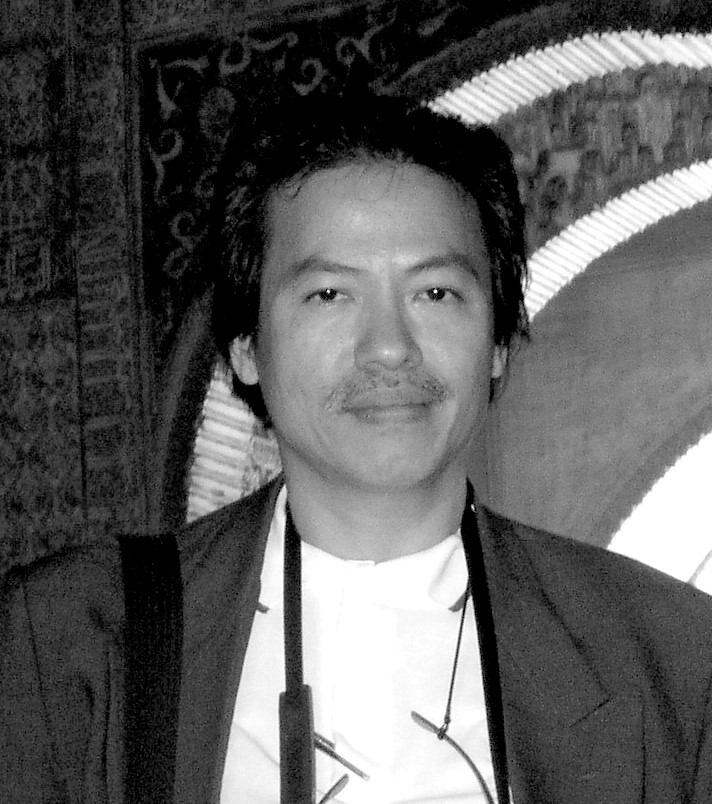Alarm bells are sounding that Penang Hokkien will be forgotten in a generation or two. Should we be concerned?
Step into a market, any market, in Penang and there’s a high chance you’ll hear people speaking – sounding almost as though they’re singing – in the distinct northern-accented Hokkien. Tradesmen, regardless of race or background, hawk their wares and bargain with shoppers in the singsong dialect. You know you’re not in KL, or Kota Bahru, or Miri. You know you are in Penang.
But the moment you step inside an air-conditioned mall, the situation changes. If you even look remotely Chinese, you will very likely be spoken to in Mandarin by salespeople. It doesn’t matter if you initiate the conversation in English or Hokkien; chances are they will respond in Mandarin. You can catch them off guard if you spoke Malay (and do try it – if only to see the expressions on their faces), but the shiny shopping malls are very, very Mandarin. And this is worrying.
“People think there’s no benefit in learning or speaking Hokkien, which is not true,” says Ooi Kee How, secretary of the Penang Hokkien Language Association (PHLA). “Yes, you can survive if you do not speak Hokkien; you can get by with speaking only one language your entire life. But the thing is, something will diminish. Our creativity, our cultural identity, will decline. A lot of innovations will disappear, because different languages shape the way we think differently.”
Hokkien 101
Hokkien is a language – Ooi is passionately adamant about that. “Is Penang Hokkien a dialect? Yes. But Penang Hokkien is a dialect of Hokkien; not a dialect of Mandarin or Cantonese. Within the Hokkien family there are many different dialects, like Taiwanese Hokkien, or Singaporean Hokkien. The representation of Hokkien which can embody the entire Hokkien language is Xiamen Hokkien.”
But in the first place, how did Hokkien reach our shores?






